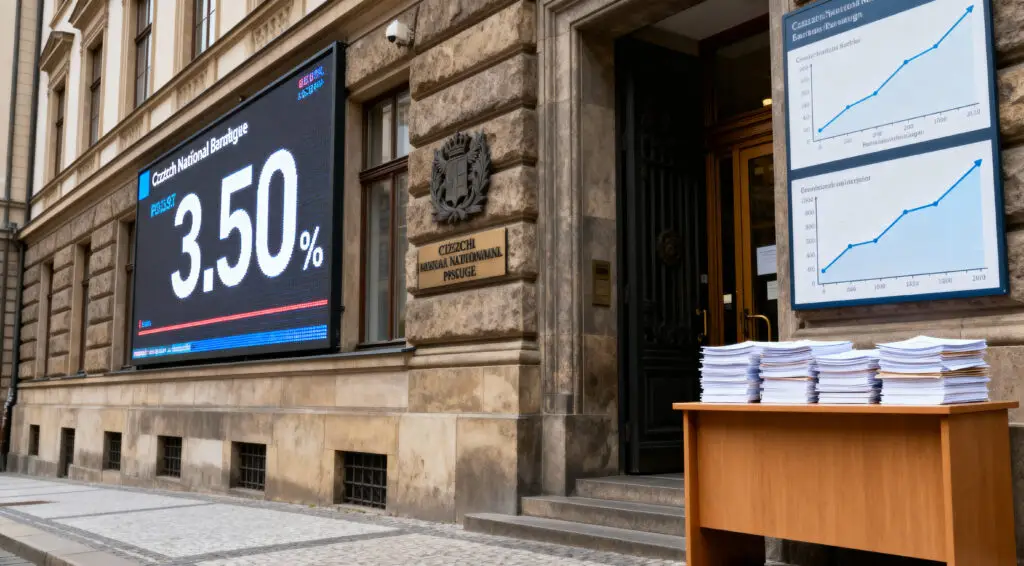Brazil Central Bank Tech Provider Breached, Funds Laundered
A sophisticated cyberattack targeting C&M Software, a key technology provider for Brazil’s Central Bank, has triggered a significant wave of crypto laundering. At least $40 million in stolen funds have been funneled into Bitcoin (BTC), Ethereum (ETH), and various stablecoins, according to blockchain investigator ZachXBT. This incident represents one of Brazil’s most substantial financial breaches to date, highlighting the growing concern over digital assets being used as conduits for conventional financial crimes and the challenges in tracing illicit funds across blockchain networks.
Hackers Exploit Key PIX Payment Network Link
The cyberattack specifically targeted C&M Software, which serves as a crucial intermediary connecting smaller banks and fintechs to the Central Bank’s core infrastructure, including PIX, Brazil’s widely adopted instant payments system. Brazilian authorities revealed that hackers exploited credentials obtained from João Nazareno Roque, a 48-year-old IT worker at C&M. Roque allegedly received the equivalent of $2,770 for his corporate login details, and local news outlet g1 Globo further reported that he assisted in building a system to facilitate the theft, earning an additional payment of approximately $1,800 for his complicity.
Massive Financial Siphon and Delayed Detection
Leveraging this insider access, hackers orchestrated a coordinated attack on June 30, successfully siphoning approximately 800 million reais, equivalent to nearly $148 million, from the reserve accounts of six distinct financial institutions. The fraudulent transfers remarkably went undetected for nearly two and a half hours, underscoring a significant lapse in monitoring systems. The breach only came to light when BMP, one of the affected institutions, flagged suspicious transactions, with its CEO, Carlos Benitez, reporting a loss of roughly $73.8 million, though about $29.5 million was eventually recovered by his bank.
Recovery Efforts and Unaccounted Funds
Following the discovery of the hack, a Brazilian court promptly froze accounts suspected of receiving stolen funds, leading to the recovery of approximately $50 million so far. However, the full scope of the laundering operation remains under active investigation, with a significant portion of the stolen sums still unaccounted for, indicating the challenges in tracing and recovering digital assets once they are widely dispersed. In response to the incident, the Central Bank temporarily suspended parts of C&M’s access to its systems as authorities worked diligently to contain the damage and prevent further illicit transfers.
Crypto as a Conduit for Financial Crimes
The latest breach in Brazil underscores escalating concerns about cryptocurrency’s role as a conduit for conventional financial crimes. Digital assets offer a unique combination of liquidity and a degree of pseudonymity that traditional cash transactions cannot match, enabling the swift and large-scale movement of illicit funds. Stablecoins, in particular, have increasingly drawn the attention of criminal networks due to their stability and ease of transfer. The Financial Action Task Force (FATF) recently issued a warning that stablecoins pose growing risks when utilized by illicit groups, especially in the absence of coordinated global oversight and robust regulatory frameworks.
Global Echoes of Crypto-Related Heists
Brazil’s recent financial heist mirrors a series of high-profile crypto-related thefts and laundering operations witnessed globally this year. Notable incidents include North Korea’s record-breaking $1.46 billion ByBit hack, which highlighted state-sponsored cybercrime, and Chinese authorities successfully dismantling a $136 million laundering ring that extensively used digital currencies for cross-border money flows. These cases collectively emphasize the global nature of crypto-related financial crime and the urgent need for international cooperation among law enforcement agencies and regulatory bodies to combat these sophisticated illicit activities effectively.
Ongoing Investigation and Future Implications
Brazilian officials are currently engaged in a complex effort to trace the stolen funds across various blockchain networks, coordinating closely with international agencies to freeze assets and identify all individuals responsible for one of the nation’s largest financial cyberattacks. The insider, João Nazareno Roque, was arrested two days after the hack and remains in custody as the investigation continues. While officials have confirmed that no retail customers suffered direct losses, as the stolen funds were limited to institutional reserve balances held at the Central Bank, this incident serves as a stark reminder of the vulnerabilities in financial systems and the critical importance of robust security measures in the evolving digital landscape.























